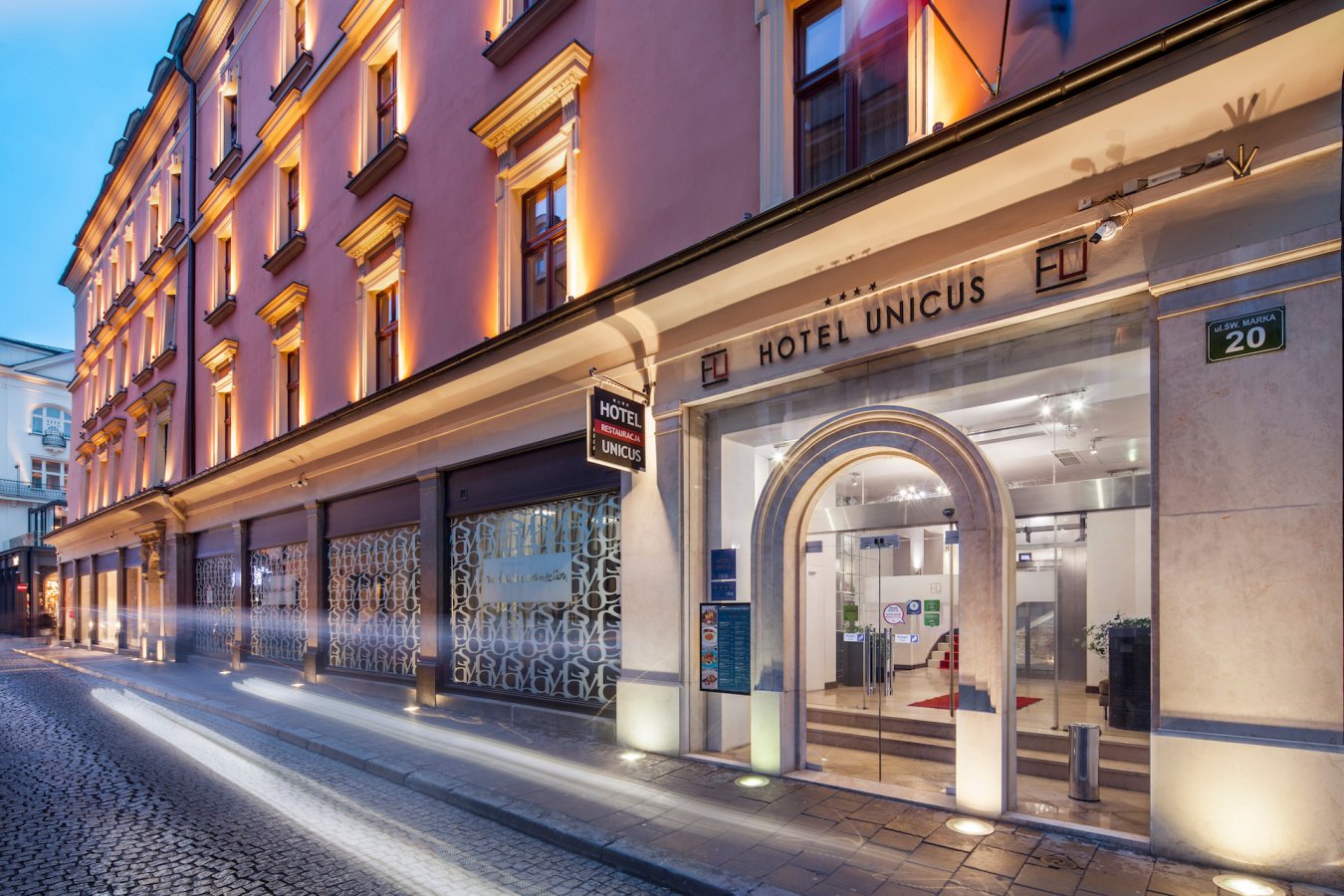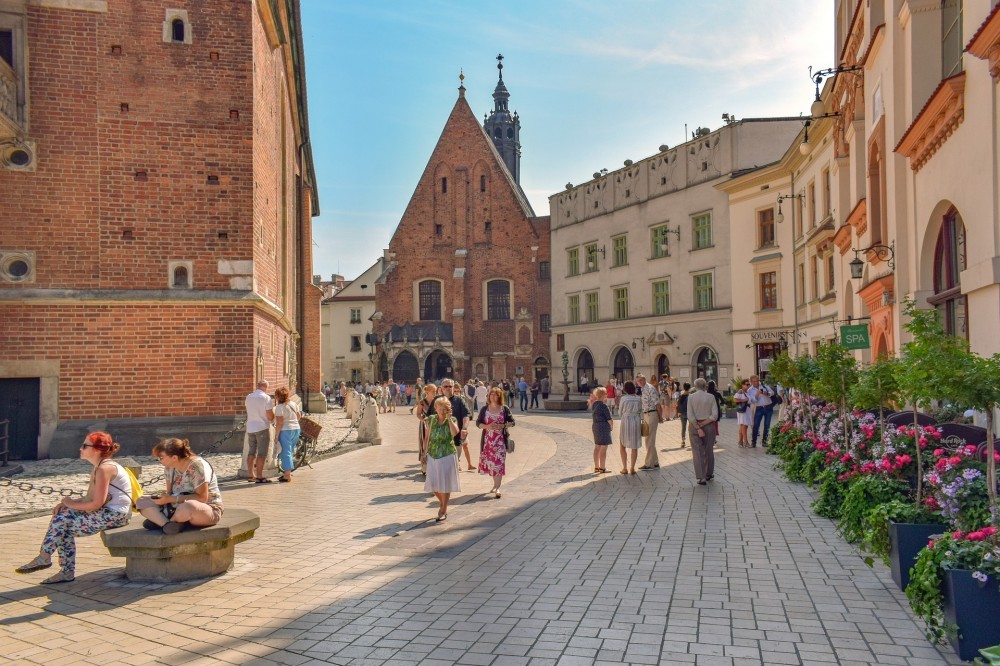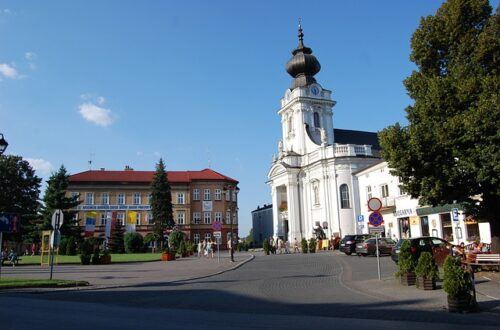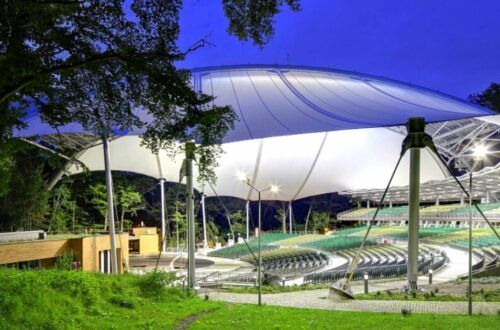Barbican in Krakow
The Barbican in Krakow is one of the symbols of the city. This unusual building that guards the historic entrance to the city attracts crowds of tourists every day. The Barbican is one of the few preserved elements of the former fortifications of the city. Its history is quite turbulent, and there were even plans to destroy it. What do we know about the Krakow Barbican preserved to this day?
History
The Barbican was built at the very end of the 15th century. King Jan Olbracht personally laid the cornerstone and financed the construction of fortifications.
The role of the Barbican was to defend the city against the invasion of Wallachian-Turkish troops. Two buildings of this type standing in Toruń, dated 1429 and 1449, served as an example.
The first practical test of Barbican was the unsuccessful attempt of Jan Luxembourg to conquer the city in 1345. The next such test had to wait until 1587 when Archduke Maximilian Habsburg tried to reach for the Polish crown and unsuccessfully besieged Krakow. Besides, in the 16th and 17th centuries, Poland was such a powerful state that its capital was rarely threatened. Wars were fought in the distant outskirts, and Krakow was safe for decades.
The next siege of Krakow in modern times took place during the Swedish invasion. In 1655, the Barbican crew surrendered due to the exhaustion of ammunition and hunger. In 1768, during the Bar Confederation, the Barbican served defenders in the fight against Russian troops.
The beginning of the 19th century was a fight for the survival of the Barbican. In 1806, the liquidation of the Krakow city walls began, ordered by the Austrians. Thanks to the efforts of the architect, conservator, and senator Feliks Radwański, the northern fragment of the walls were saved, with the Barbican.
He said that if the walls were removed from these two buildings, the city would be hit by strong northern winds, which would bring ubiquitous runny nose and rheumatism. As you can see, he convinced the authorities to his point, and the Barbican stands today.
Currently, the Barbican is a branch of the Historical Museum of the City of Krakow. It is used as an exhibition center for various exhibitions, as an arena for sports fights, e.g., the Polish Fencing Championships or historicized knights’ fights and medieval dance shows.
Architecture
The Krakow Barbican was built on a circular plan and had an internal diameter of 24.4 m, and the thickness of its walls exceeds 3 meters. It was equipped with seven turrets. Two gates with drawbridges and one entrance from today’s Kleparz lead to the Barbican.
From the same side, the Barbican has an outbuilding, under which water once flowed. It was related to the functioning of the bridges. The Barbican was surrounded by a moat 3.5 meters deep and 24 meters wide. The entrance was parallel to the city walls, which allowed the fire to be carried out in the event of attempts to break through the gate and the fortification bridge.
The entrance from the city side was built in the nineteenth century. The Barbican has three levels of shooting holes, above which there is a gallery and the turrets, as mentioned above. The “Rondel” (saucepan), as is sometimes called the Barbican, was part of the outer ring of defensive walls.
Opening Hours
Open in the summer season April – October
- 10.30-18.00
Ticket Prices
- Normal: PLN 8
- Reduced: PLN 6



